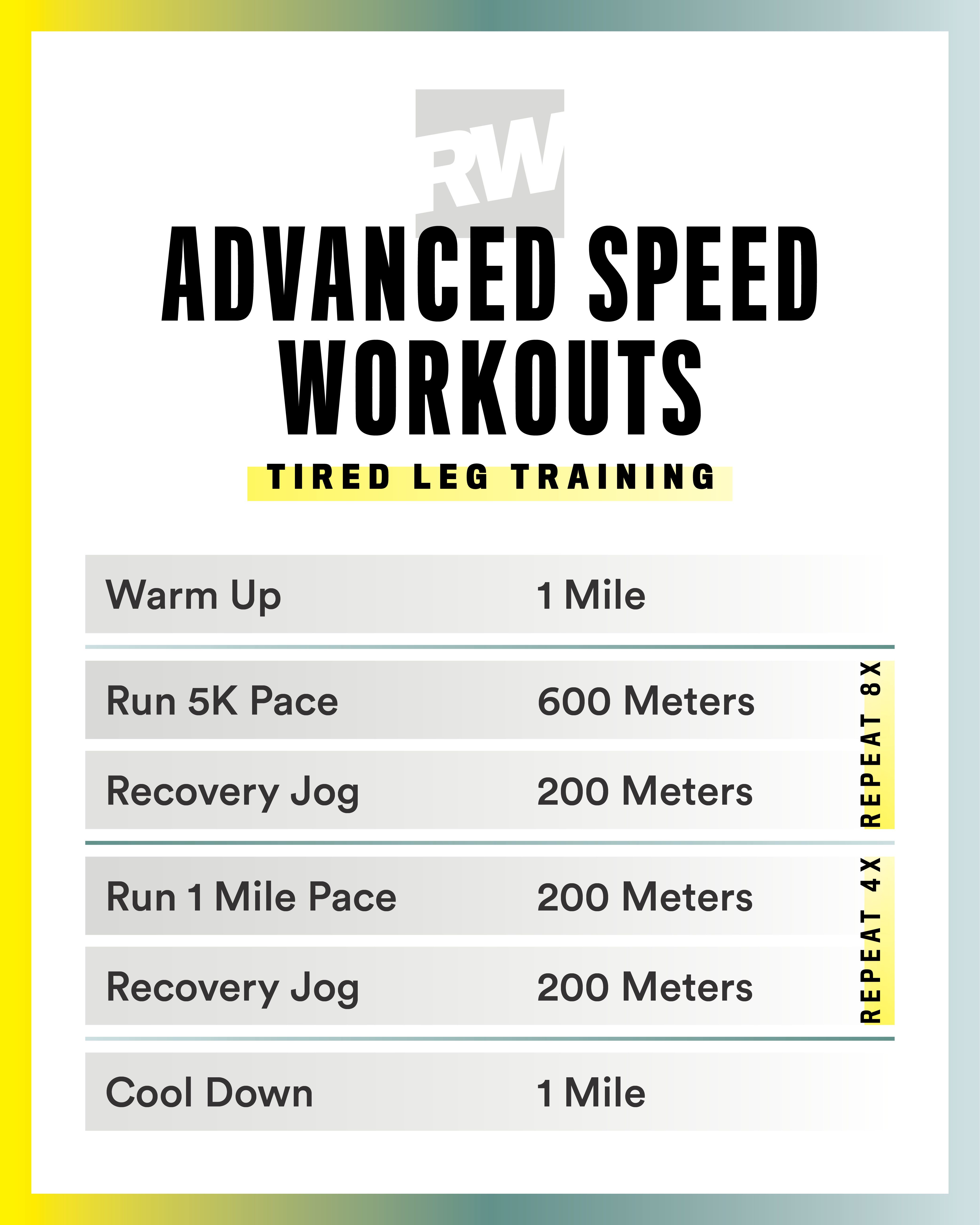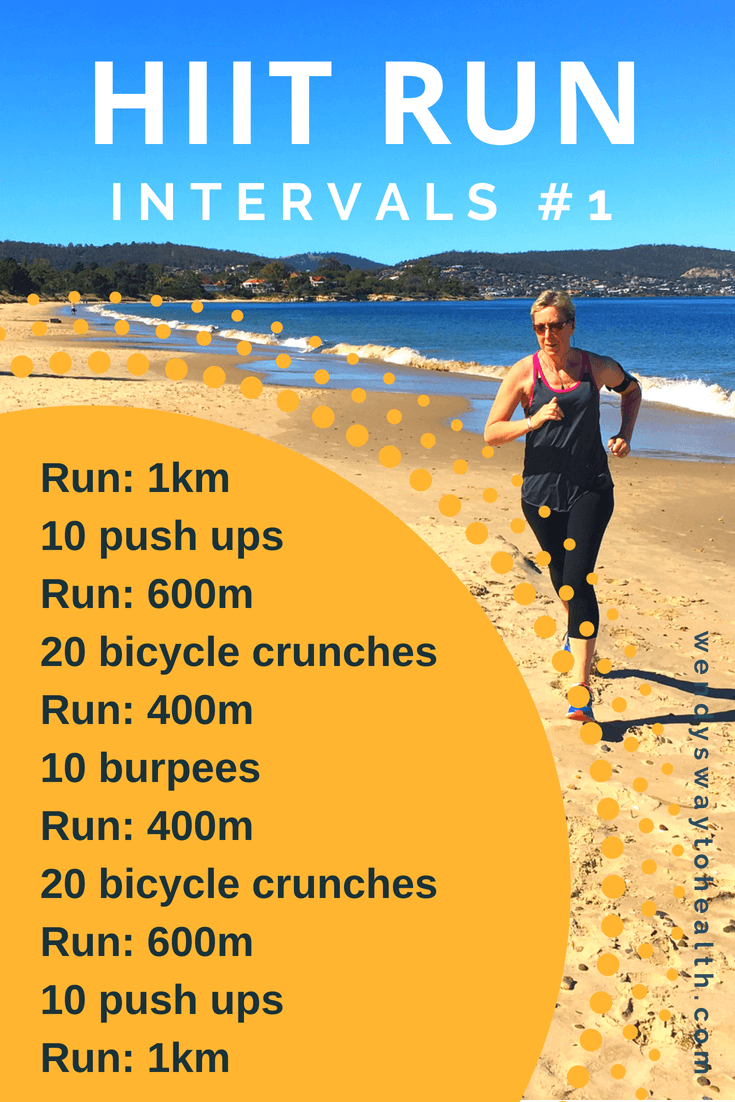Boost Your Running Strategy with Proven Techniques
Boost Your Running Strategy with Proven Techniques
Blog Article
Managing Common Running Pains: Reasons, Solutions, and Avoidance
As runners, we typically come across numerous discomforts that can hinder our efficiency and satisfaction of this physical task. By discovering the origin factors for these running pains, we can discover targeted options and precautionary procedures to make sure a smoother and a lot more satisfying running experience.
Common Running Pain: Shin Splints
Shin splints, an usual running pain, often result from overuse or inappropriate shoes during physical task. The repetitive anxiety on the shinbone and the tissues affixing the muscle mass to the bone leads to swelling and pain.
To stop shin splints, people should slowly boost the strength of their workouts, wear suitable shoes with proper arch support, and preserve adaptability and toughness in the muscles surrounding the shin. If shin splints do happen, preliminary therapy entails rest, ice, compression, and elevation (RICE) Furthermore, integrating low-impact tasks like swimming or biking can aid keep cardio fitness while allowing the shins to heal. Consistent or extreme instances might call for clinical analysis and physical treatment for reliable monitoring.
Usual Running Discomfort: IT Band Disorder
In addition to shin splints, another prevalent running discomfort that professional athletes commonly come across is IT Band Syndrome, a condition triggered by swelling of the iliotibial band that runs along the outer upper leg and knee. IT Band Disorder usually manifests as discomfort outside of the knee, particularly during tasks like running or cycling. The iliotibial band is a thick band of fascia that connects the aware of the shin, and when it ends up being inflamed or limited, it can scrub against the upper leg bone, causing discomfort and discomfort.
Runners experiencing IT Band Syndrome might discover a painful or aching sensation on the external knee, which can intensify with ongoing activity. Factors such as overuse, muscular tissue discrepancies, inappropriate running type, or inadequate workout can contribute to the growth of this condition. To avoid and ease IT Band Syndrome, joggers should concentrate on stretching and reinforcing exercises for the hips and upper legs, proper shoes, steady training progression, and addressing any type of biomechanical concerns that may be aggravating the issue. Overlooking the symptoms of IT Band Disorder can lead to chronic concerns and prolonged healing times, emphasizing the value of very early intervention and appropriate monitoring techniques.
Usual Running Pain: Plantar Fasciitis

Plantar Fasciitis can be credited to various elements such as overtraining, improper footwear, running on tough surface areas, or having high arcs or flat feet. To stop and ease Plantar Fasciitis, joggers can integrate stretching exercises for the calves and plantar fascia, wear encouraging shoes, keep a healthy and balanced weight to minimize pressure on the feet, and gradually raise running intensity to avoid sudden stress on the plantar fascia. If signs continue, it is recommended to speak with a healthcare professional for correct medical diagnosis and treatment options to address the problem successfully.
Common Running Pain: Jogger's Knee
After attending to the difficulties of Plantar Fasciitis, another widespread problem that runners often encounter is Runner's Knee, a common running discomfort that can impede sports efficiency and cause pain during exercise. Jogger's Knee, also recognized as patellofemoral pain disorder, materializes as pain around or behind the kneecap. This problem is frequently connected to overuse, muscle mass imbalances, inappropriate running techniques, or troubles with the positioning of the kneecap. Joggers experiencing this pain might feel a plain, aching discomfort while running, going up or down stairways, or after prolonged durations of resting. To stop Jogger's Knee, it is important to incorporate appropriate workout and cool-down routines, preserve solid and balanced leg muscular tissues, wear proper shoes, and slowly raise running intensity. If signs linger, consulting from a healthcare expert or a sporting activities medicine expert is advised to diagnose the underlying cause and establish a customized treatment strategy to relieve the pain and stop more complications.
Typical Running Discomfort: Achilles Tendonitis
Generally affecting joggers, Achilles Tendonitis is a painful condition that affects the Achilles tendon, causing pain and possible constraints in exercise. The Achilles ligament is a thick band of cells that attaches the calf bone muscle mass to the heel bone, vital for tasks like running, jumping, and walking - original site. Achilles Tendonitis frequently develops because of overuse, incorrect footwear, insufficient extending, or unexpected boosts in physical task
Symptoms of Achilles Tendonitis consist of discomfort and tightness along the ligament, particularly in the morning or after durations of lack of exercise, swelling that intensifies with task, and potentially bone spurs in persistent situations. To prevent Achilles Tendonitis, it is crucial to stretch properly in the past and after running, use appropriate footwear with proper assistance, gradually boost the intensity of workout, and cross-train to decrease recurring anxiety on the ligament.
Final Thought

Report this page